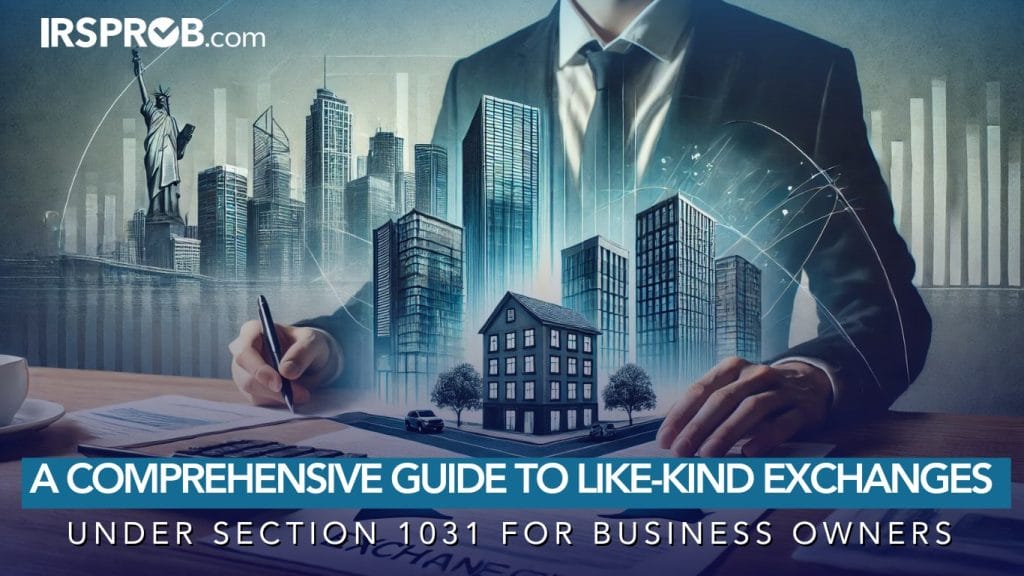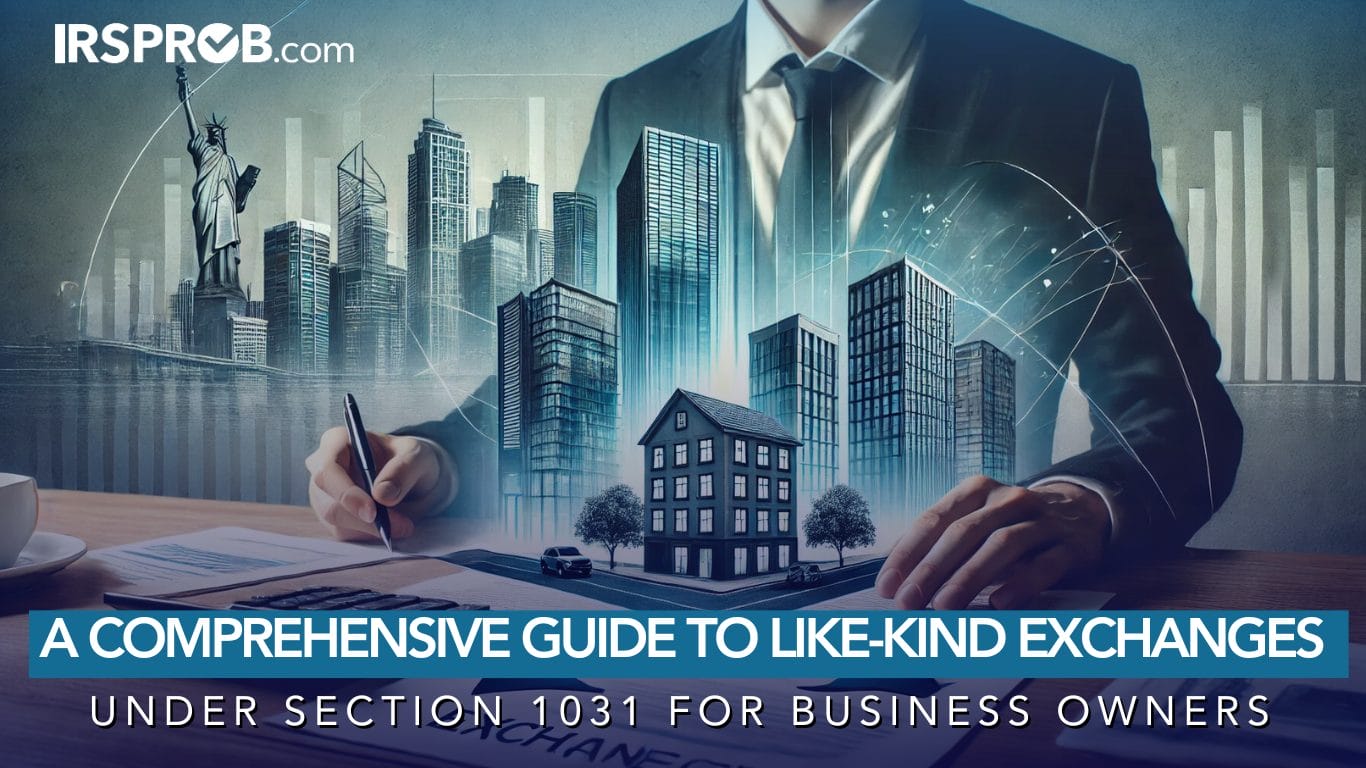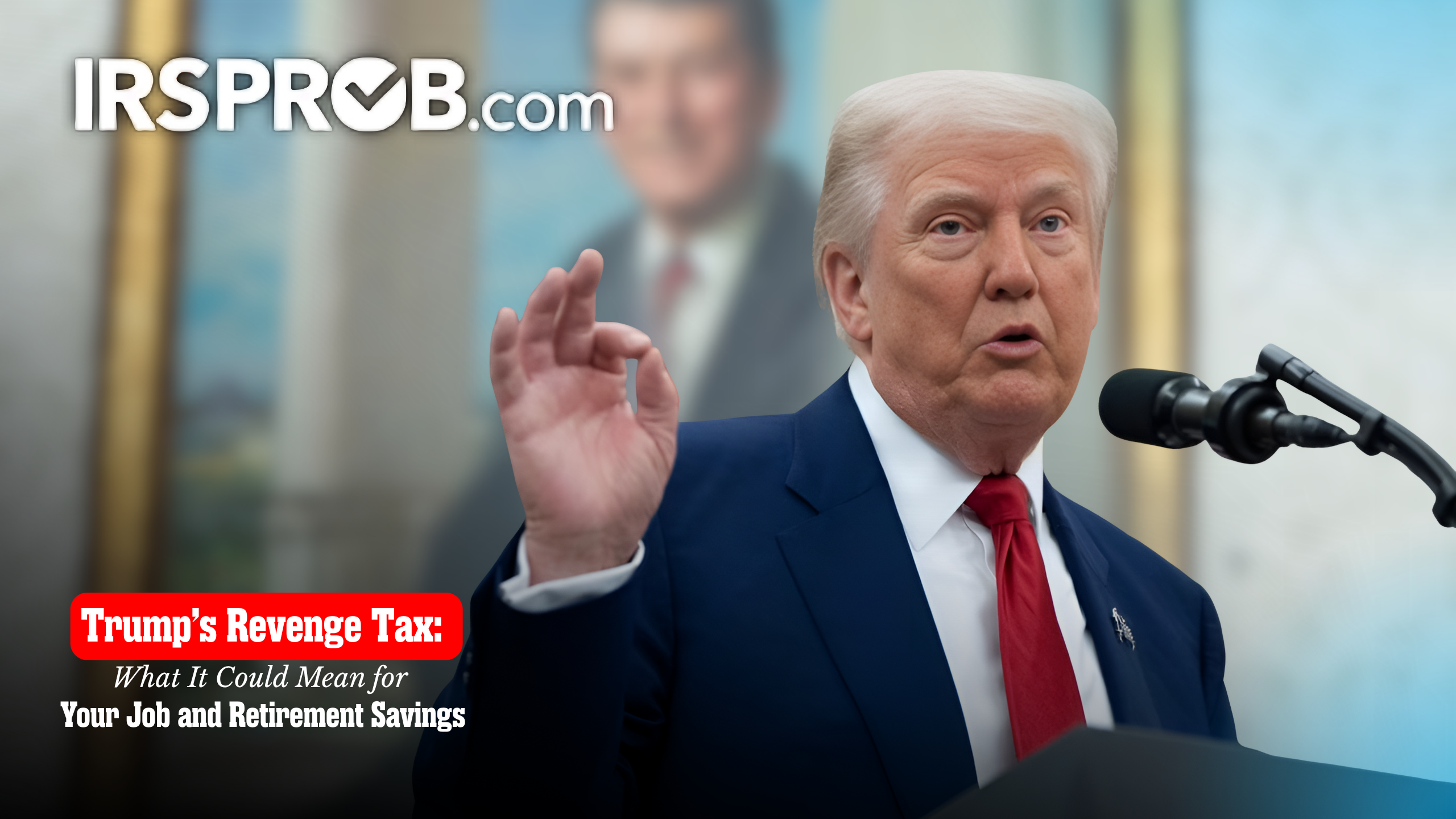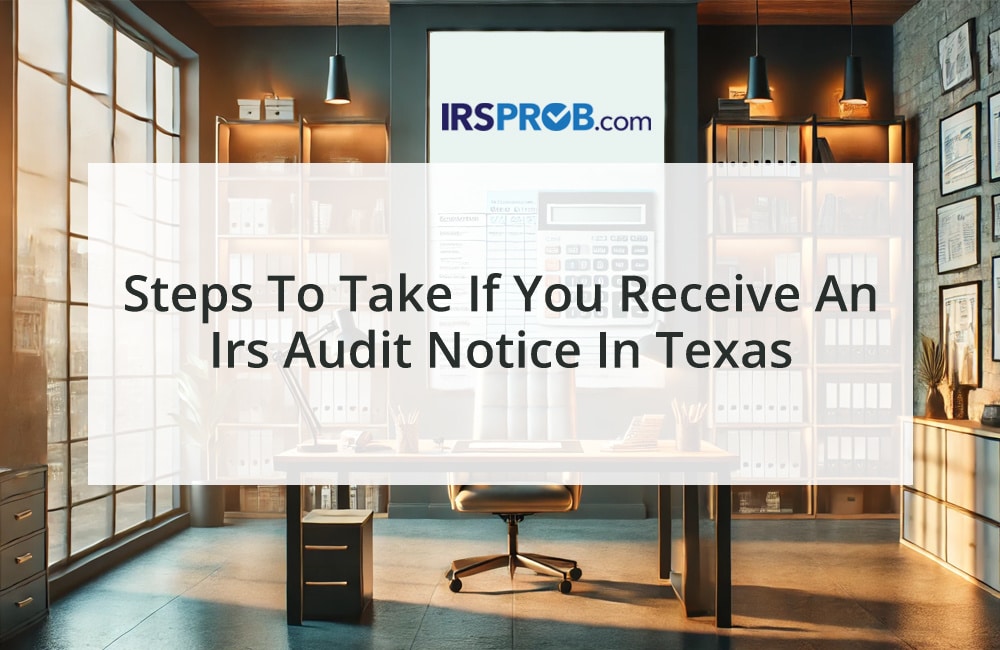
For decades, business owners have utilized Section 1031 of the Internal Revenue Code to defer taxes on the exchange of property used in their trade, business, or held for investment. This provision has allowed taxpayers to exchange real property for another of “like-kind” without immediate recognition of capital gains, promoting reinvestment and economic growth. However, recent changes brought by the Tax Cuts and Jobs Act (TCJA) and subsequent regulations have narrowed the scope of this benefit. Let’s break down the key components of Section 1031 to ensure you’re aware of how to navigate these rules and maximize your tax deferral opportunities.
What is a Like-Kind Exchange?
At its core, a like-kind exchange allows you to defer paying capital gains taxes when you sell a piece of real property and reinvest the proceeds into another qualifying property. To qualify under Section 1031, the transaction must meet certain requirements, including the following:
- Property Type: Post-TCJA, only real property qualifies for like-kind exchanges. Before 2018, personal property like machinery or vehicles could be included, but now the exchange must be limited to real property. This means land, buildings, and other immovable assets.
- Like-Kind Requirement: The properties exchanged must be of “like-kind.” This doesn’t mean they have to be identical; rather, they should be similar in nature or character. For example, you can exchange an office building for an apartment complex, or a piece of raw land for a shopping center. What matters is that both properties are held for productive use in a trade, business, or for investment.
- Deferred Exchanges: Most exchanges are not simultaneous. Instead, you may sell one property (the relinquished property) and acquire another (the replacement property) within specified timeframes. The IRS allows you 45 days to identify the replacement property and 180 days to complete the acquisition, providing flexibility but also strict deadlines.
What Qualifies as Real Property?
Under Section 1031, real property includes not only the land and buildings but also certain permanent improvements, like parking lots or access roads, and even intangible interests like easements or options to acquire real estate. However, it’s crucial to note that personal property such as equipment or furnishings no longer qualify for this tax treatment. The IRS clarified that even if personal property is sold along with real estate, it won’t benefit from like-kind deferral.
For example, if you are selling a commercial building that includes fixtures like office furniture, the furniture would not qualify under Section 1031. Only the building itself would. The value of the non-qualifying property would result in a taxable event unless handled carefully through separate agreements.
Understanding the Role of Qualified Intermediaries (QIs)
Most exchanges are facilitated through a Qualified Intermediary (QI), who acts as a middleman in the transaction. The QI sells your relinquished property and holds the proceeds, then uses those funds to purchase your replacement property. This ensures you don’t have “constructive receipt” of the proceeds, which would make the transaction taxable.
Choosing the right QI is essential because if any part of the transaction isn’t handled correctly, it could disqualify the exchange. The QI should not be someone who has acted as your agent, attorney, accountant, or broker in the last two years.
Potential Pitfalls: Personal Use and Boot
Two common areas where like-kind exchanges can go wrong involve personal use of property and receiving boot:
- Personal Use Properties: If you’re exchanging a property you use occasionally for personal purposes, like a vacation home, the exchange may not qualify for Section 1031 treatment unless it meets strict rental and personal-use guidelines. For instance, Rev. Proc. 2008-16 provides a safe harbor for vacation homes, which must be rented for at least 14 days each year and used personally for no more than the greater of 14 days or 10% of the rental days.
- Boot: If any cash or non-like-kind property (referred to as boot) is received as part of the exchange, this could trigger tax liability. For example, if you sell a property for $1 million and purchase a replacement for $900,000, the remaining $100,000 is considered boot and taxable. The same rule applies if there is a reduction in debt between the properties being exchanged.
Critical Timelines and Compliance
When engaging in a Section 1031 exchange, timing is everything. The IRS requires that:
- You identify a replacement property within 45 days of transferring your relinquished property.
- You complete the purchase of the replacement property within 180 days.
Failing to meet these deadlines could disqualify the entire transaction, making any gains immediately taxable. Always ensure that your exchange timeline is aligned with these IRS requirements.
Conclusion
Section 1031 like-kind exchanges are a powerful tool for business owners looking to defer taxes and reinvest in real estate. However, they come with intricate rules, including restrictions on personal property and tight timelines for completing the exchange. By working closely with a tax professional and a Qualified Intermediary, you can maximize the benefits of a like-kind exchange while avoiding costly pitfalls.
For more guidance on tax deferral strategies or to discuss whether your property qualifies under Section 1031, consult your tax advisor or explore IRS publications on like-kind exchanges. Understanding and applying these rules effectively could make a significant difference in your tax planning strategy for 2024 and beyond.








